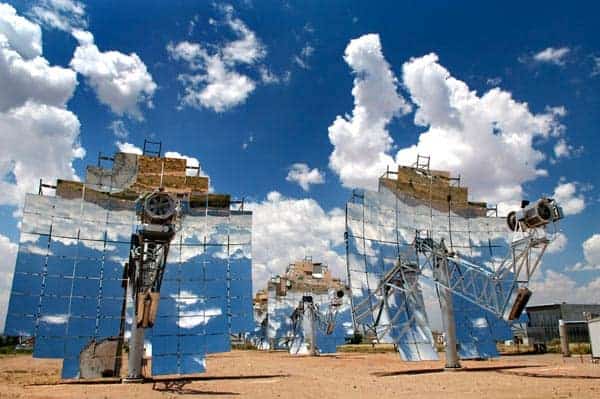
A US programme designed to support “high-risk, high-payoff” research in the field of energy has handed out its first cash. The Advanced Research Projects Agency-Energy (ARPA-E) has funded 37 projects worth a total of $150m. The projects, which each receive up to $10m, cover a range of topics in renewable energy, such as bacteria that can produce biofuel to energy storage using carbon nanotubes.
ARPA-E, run by the US Department of Energy (DOE), was created in 2007 to fund projects that could help to reduce emissions of greenhouse gases and the US’s dependence on foreign sources of energy.
In the 2009 Recovery and Reinvestment Act, ARPA-E received $400m – the first time it had been given funds. In April, over 3600 initial concept papers were sent to the agency, of which over 300 were invited to send in full applications. This caused a furore in September because researchers who had been rejected complained that they were not given any reasons why.
Over 40% of the money, which was announced by the DOE yesterday, has been awarded to small start-up companies. The largest grant, $9.15m, has gone to Foro Energy, a company based in Colorado. It will research new drilling technologies that could dig deep into basement rock which could make it easier and faster to tap into geothermal power – energy that is extracted from heat stored in the Earth.
Other big winners include the Massachusetts-based FloDesign Wind Turbine, which will use $8.33m to carry out research into a new “shrouded” wind turbine that could reduce noise from the blades and deliver more energy.
Phononic Devices in Oklahoma, meanwhile, has won $3m to do research into thermoelectric materials, which work by converting temperature differences into an electric potential. Envia Systems, based in California, will use $4m to do research into creating more efficient lithium-ion batteries.
Research projects at academic institutions will take around 35% of the money. Iowa State University, for example, will use $4.37m to investigate whether it is viable to use algae to produce biofuels directly from sunlight and carbon dioxide, while researchers at the Massachusetts Institute of Technology will use $6.95m to look into liquid metal batteries that could be used for energy storage.
“I would have liked to have seen bolder projects funded,” says Martin Hoffert from New York University, whose team had failed to secure funding for research on the feasibility of space-based solar-power technology. “Some of them are interesting, but they will likely not lead to the transformative technologies that we need to tackle climate change.”



